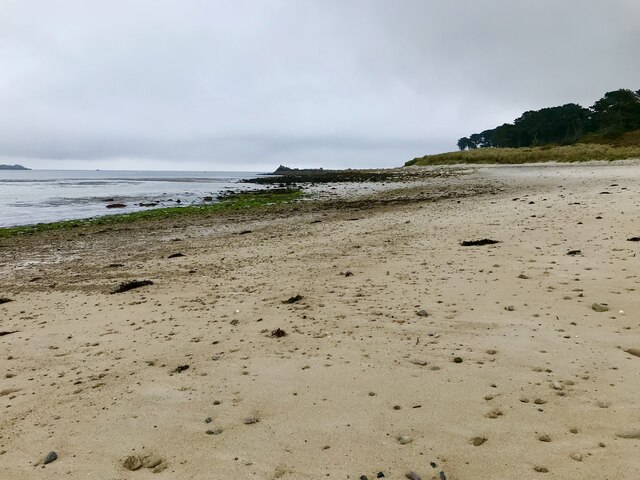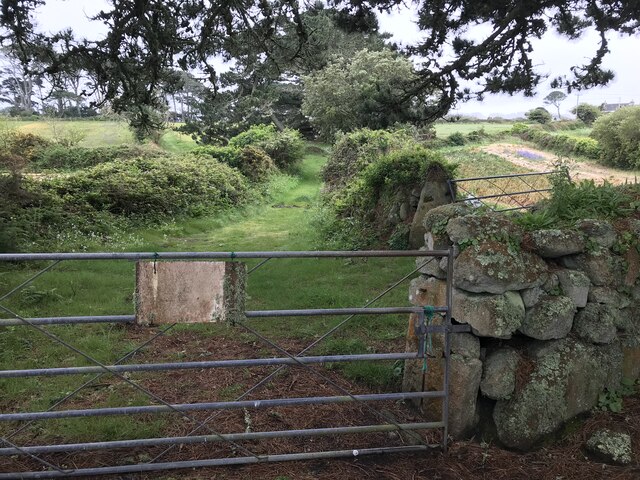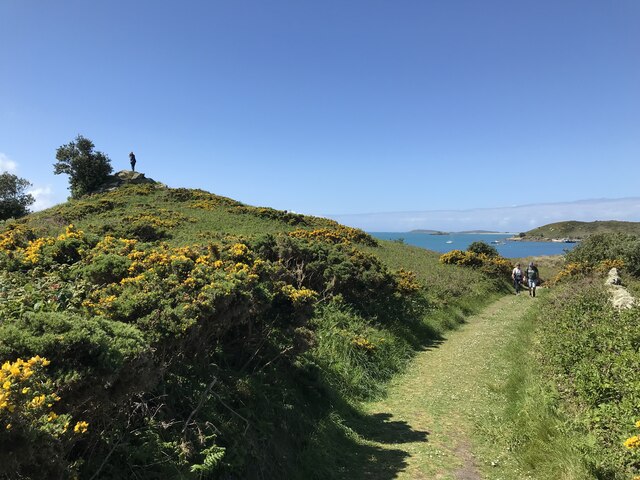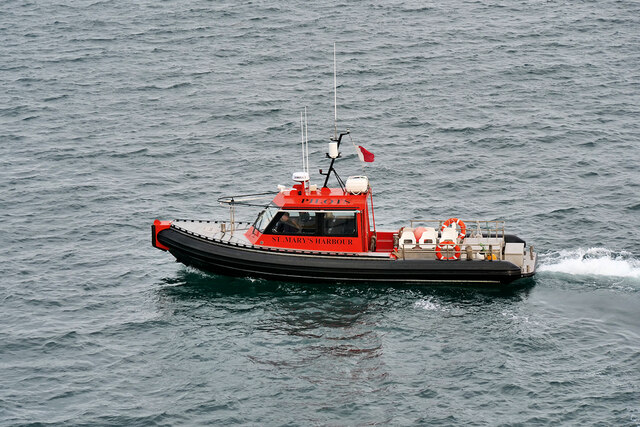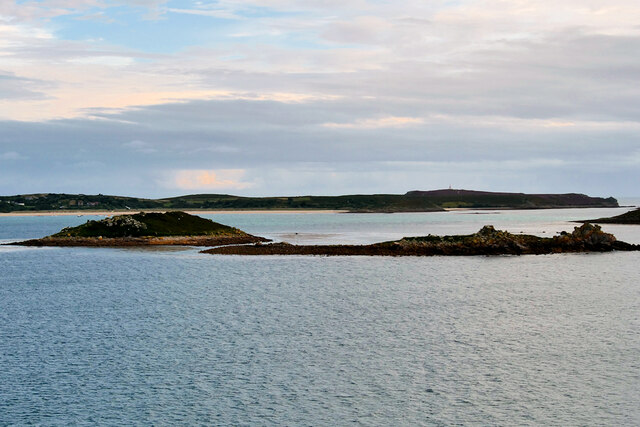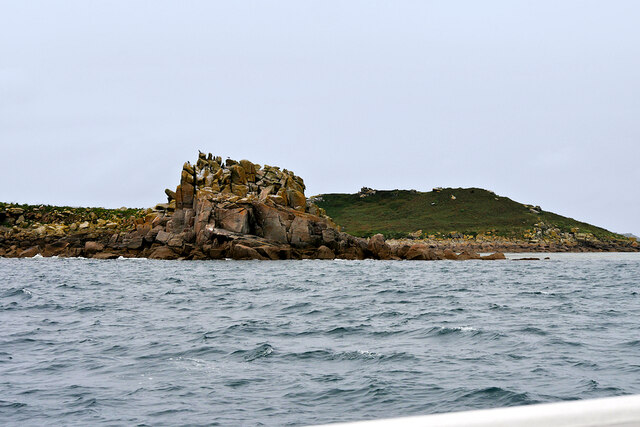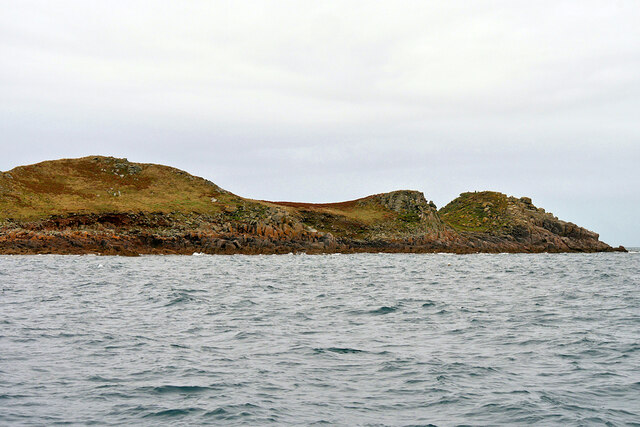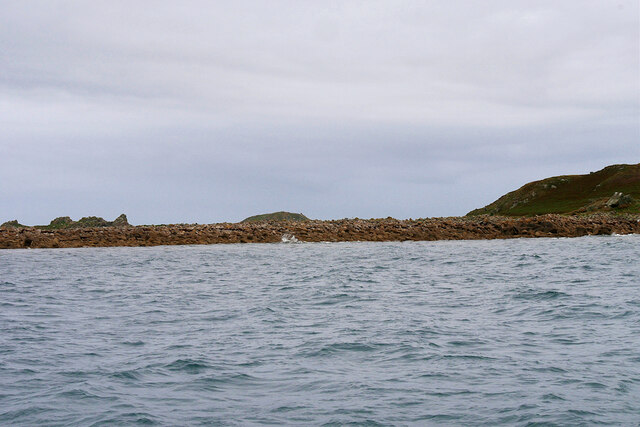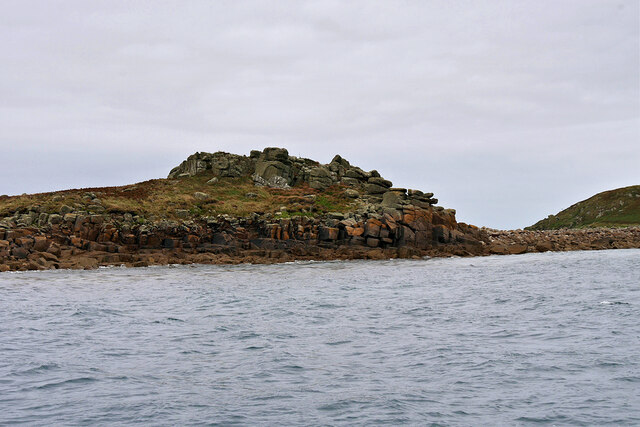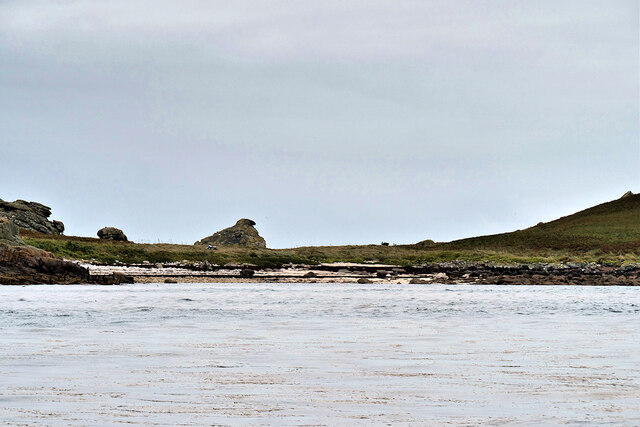Manuel Scud
Island in Cornwall
England
Manuel Scud
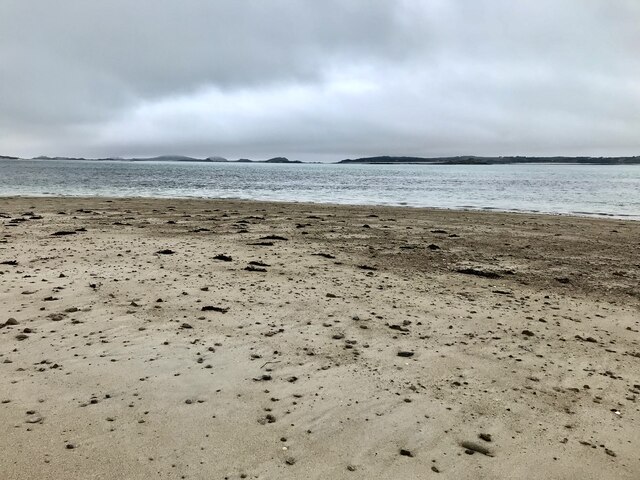
Manuel Scud is a small, uninhabited island located off the coast of Cornwall, England. Situated in the Celtic Sea, it is part of the Isles of Scilly archipelago, known for its picturesque landscapes and rich biodiversity. Manuel Scud is one of the smaller islands in the group, covering an area of approximately 0.2 hectares.
The island is predominantly rocky, with rugged cliffs that provide nesting sites for various seabirds, including puffins, gulls, and razorbills. Its rocky shores are also home to a diverse range of marine life, such as crabs, lobsters, and small fish.
Access to Manuel Scud is limited due to its remote location and lack of facilities. However, it is a popular destination for birdwatchers and nature enthusiasts who are keen to observe the island's unique wildlife. Visitors can reach the island by boat or kayak, but caution is advised due to the treacherous waters surrounding it.
The island's name, Manuel Scud, is said to have derived from the Cornish language, with "Manuel" meaning "island of stone" and "Scud" referring to the seabirds that inhabit the area. The name aptly describes the island's rocky terrain and the abundant birdlife that can be found there.
In summary, Manuel Scud is a small, uninhabited island off the coast of Cornwall, renowned for its rugged cliffs, diverse bird population, and thriving marine ecosystem. It offers a unique opportunity for nature lovers to immerse themselves in the beauty of the Isles of Scilly.
If you have any feedback on the listing, please let us know in the comments section below.
Manuel Scud Images
Images are sourced within 2km of 49.945981/-6.2827531 or Grid Reference SV9213. Thanks to Geograph Open Source API. All images are credited.
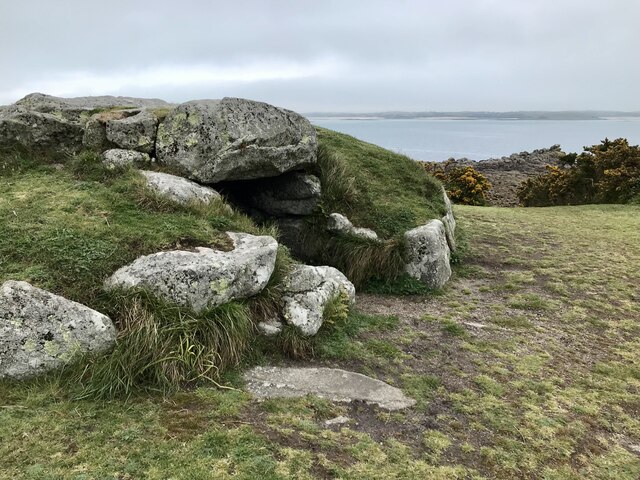
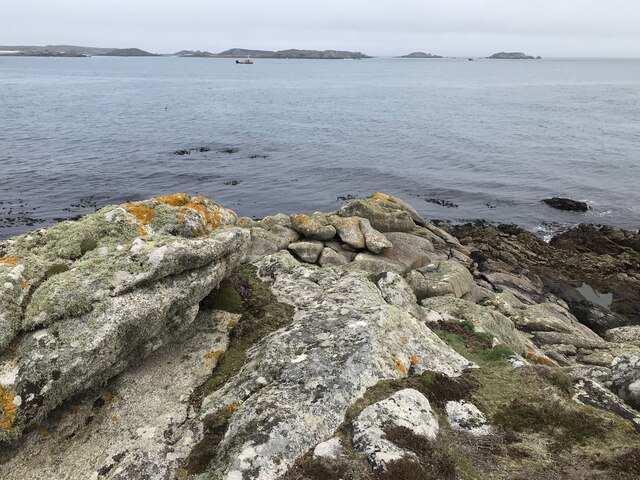
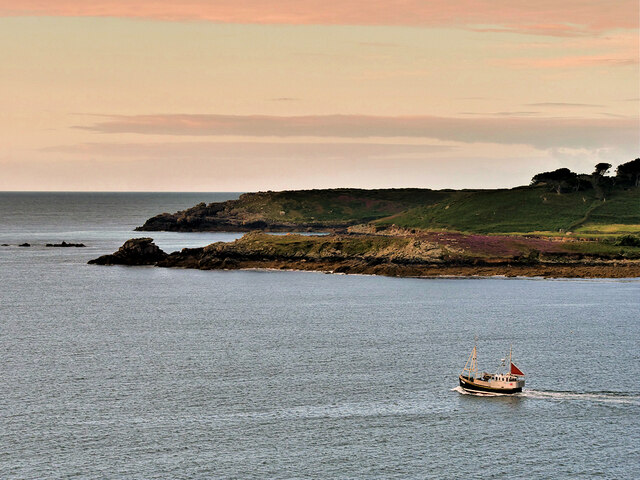
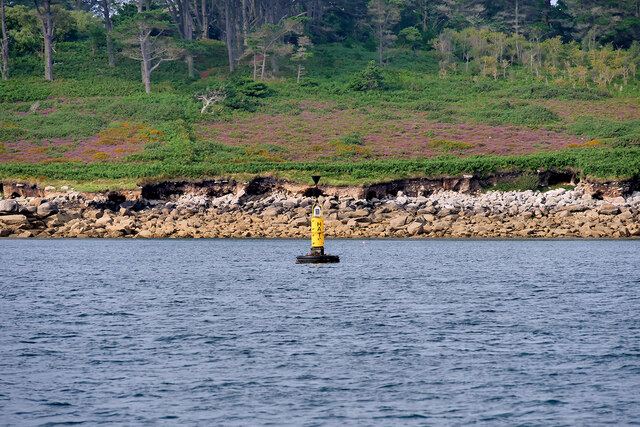
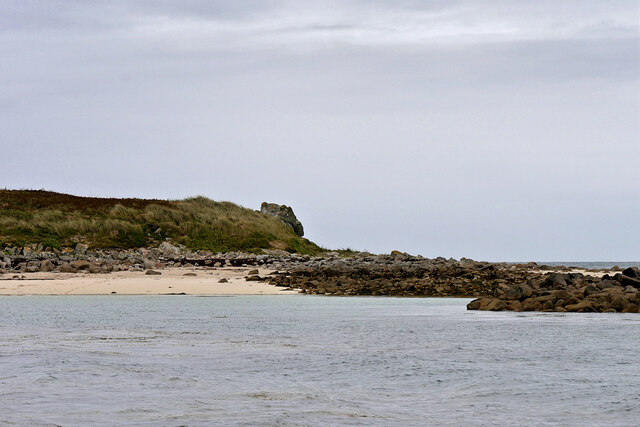
Manuel Scud is located at Grid Ref: SV9213 (Lat: 49.945981, Lng: -6.2827531)
Division: Isles of Scilly
Unitary Authority: Isles of Scilly
Police Authority: Devon and Cornwall
What 3 Words
///inhabited.promotion.novelists. Near St Martin's, Isles of Scilly
Nearby Locations
Related Wikis
Wheel Wreck
The Wheel Wreck is the remains of a shipwreck lying in Crow sound off Little Ganinick in the Isles of Scilly. The wreck site consists of a discrete mound...
Innisidgen
Innisidgen (Cornish: Enys Ojyon, meaning Ox Island) is the site of two Bronze Age entrance graves on the island of St Mary's in the Isles of Scilly. The...
St Martin's Methodist Church, Isles of Scilly
The Methodist Church, St Martin's, Isles of Scilly is a Grade II listed chapel in St Martin's, Isles of Scilly. == History == Bible Christians arrived...
Higher Town, Isles of Scilly
Higher Town (Cornish: Trewartha) is the easternmost and largest settlement on the island of St Martin's in the Isles of Scilly, England. It is situated...
Nearby Amenities
Located within 500m of 49.945981,-6.2827531Have you been to Manuel Scud?
Leave your review of Manuel Scud below (or comments, questions and feedback).
